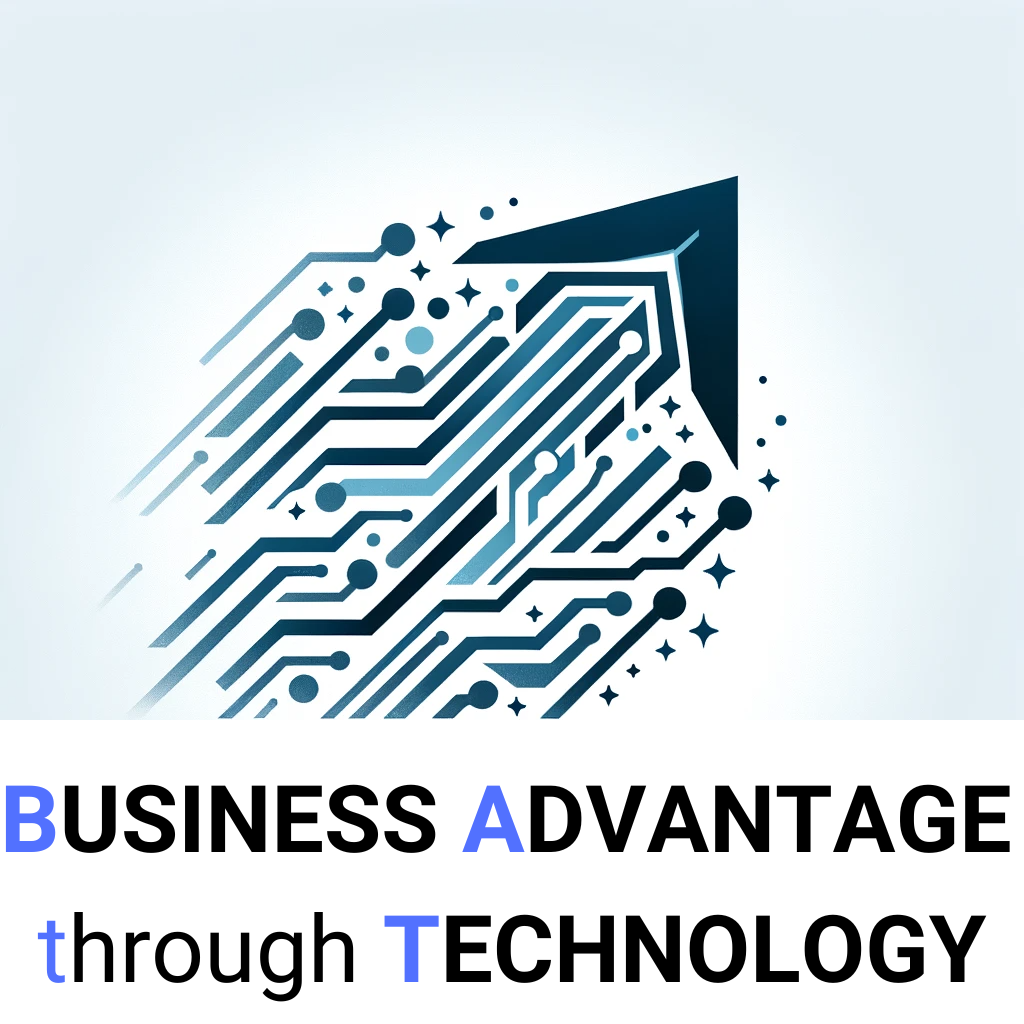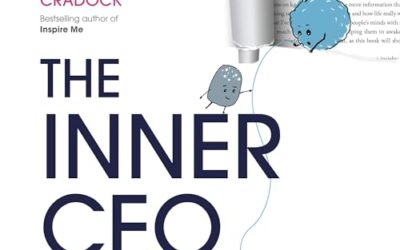Barry O’Reilly has written, ‘Unlearn’, a stimulating book for anyone interested in change management or business transformation. In every walk of life we need to be able to set aside our preconceived ideas and take a fresh look. And this is the theme of the book.
Working with IAG
O’Reilly references in some detail the work he did with the IAG team some time after the appointment of Willie Walsh. And he obviously has a proven method – and supporting tools – for getting senior executives out of the office and into a creative environment. In my own consulting work over the years I have always seen major benefits in getting people out of their day to day working environment. It never ceases to surprise me how reluctant many CEOs seem to be to free up the time to make this happen.
C.S. Lewis
The book draws on many experts and is full of memorable quotes. My favourite is from C. S. Lewis: ‘You can’t go back and change the beginning, but you can start where you are and change the ending’. This seems to me to speak to so much to the reluctance to change, the resistance to kicking off transformation programmes. Do not waste too much time thinking about what went before. Preferably celebrate it. But look to what you can influence: changing the ending.
I have run many projects in the past focused on business process redesign. More recently I have become a convert to Lean – focus on customers, constant process improvement, work in the Gemba and relentlessly seek elimination of non value add. Barry O’Reilly references Toyota in a number of places – and picks out a quote from Taiichi Ohno which very much supports the Unlearn approach: ‘We are doomed to failure without a daily destruction of our various preconceptions’.
Leader challenges
O’Reilly sets out a number of challenges for current leaders – and is not shy about their likely need to unlearn much of that they practice. I thought his reference to entities with too much focus on cost cutting was interesting: risking resulting in people who cease to solve problems for themselves and embrace disempowerment. His definition of the job of a leader would challenge many: to design systems to enable people to experiment with potential opportunities and learn as quickly, cheaply and safely as possible while they discover how to achieve the desired outcome
In conclusion I thought this was a pretty good read – and introduces a number of interesting references. While I thought the pace of the book slipped in the second half, I do not believe this detracted much from the value of the book as a read for anyone looking to lead change or business transformation.

